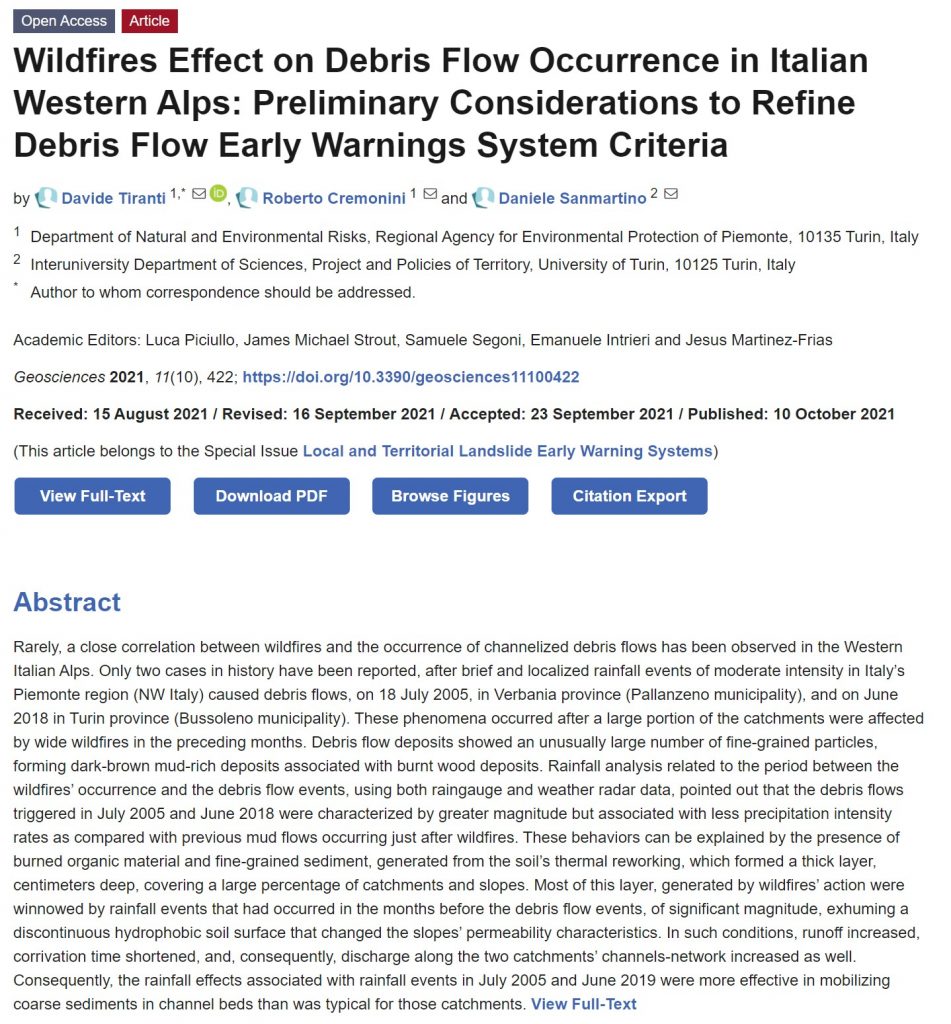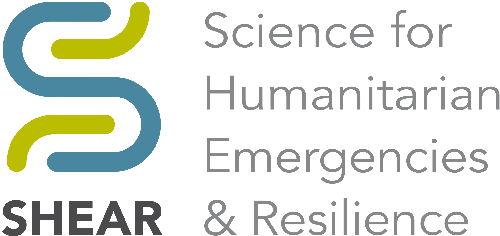NEWS received from
Graziella Devoli – NVE, Norway
New conference proceedings “Seven years of landslide forecasting in Norway – Strengths and limitations” presented at 5th World landslide Forum, Kyoto, Japan (WLF5 | World Lanslide Forum 5 (iplhq.org))
In this short paper, the authors summarize the experiences acquired by the Norwegian Landslide Forecasting and Warning Service during the first 7 years (between 2013 and 2019) of operation and discuss some of the main strengths and limitations of the service. The authors recognize that the major strengths of the service were the national political will (towards the creation of such of service), the assignation of the landslide forecasting service to an existing well consolidated flood warning service, the strong collaboration across public agencies and the multidisciplinary approach. The existence of a national landslide database and of an operational distributed hydrological model were essential for the rapid establishment of relationships between landslides events and hydro-meteorological conditions. A strong development of IT-tools and expansion of the meteorological and hydrological network was also crucial. Several are the challenges and limitations, among them: an insufficient process-understanding of rainfall- and snowmelt-induced landslides, the difficult and tedious task of verifying landslide occurrence after a warning is sent and, the prediction of landslides triggered by local intense rain showers during summer, and by rapid snowmelt events during winter, due to the limitations that exist in the models and thresholds currently in use.
Reference: Devoli G., Colleuille H., Sund M., Wasrud J. (2021). Seven Years of Landslide Forecasting in Norway—Strengths and Limitations. In: Springer Nature Switzerland AG 2021, N. Casagli et al. (eds.), Understanding and Reducing Landslide Disaster Risk, ICL Contribution to Landslide Disaster Risk Reduction, https://doi.org/10.1007/978-3-030-60311-3_30 (pages 267-274)



